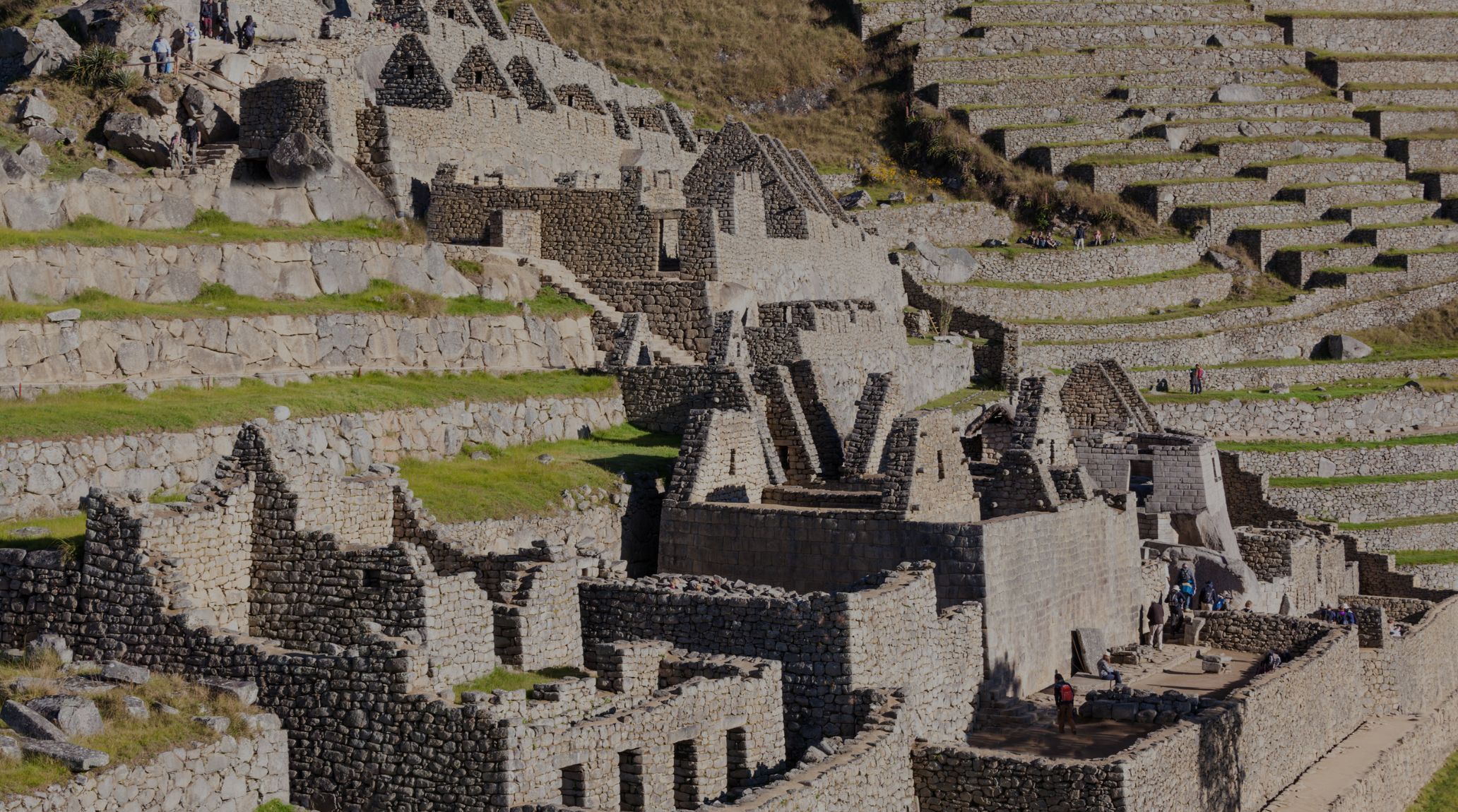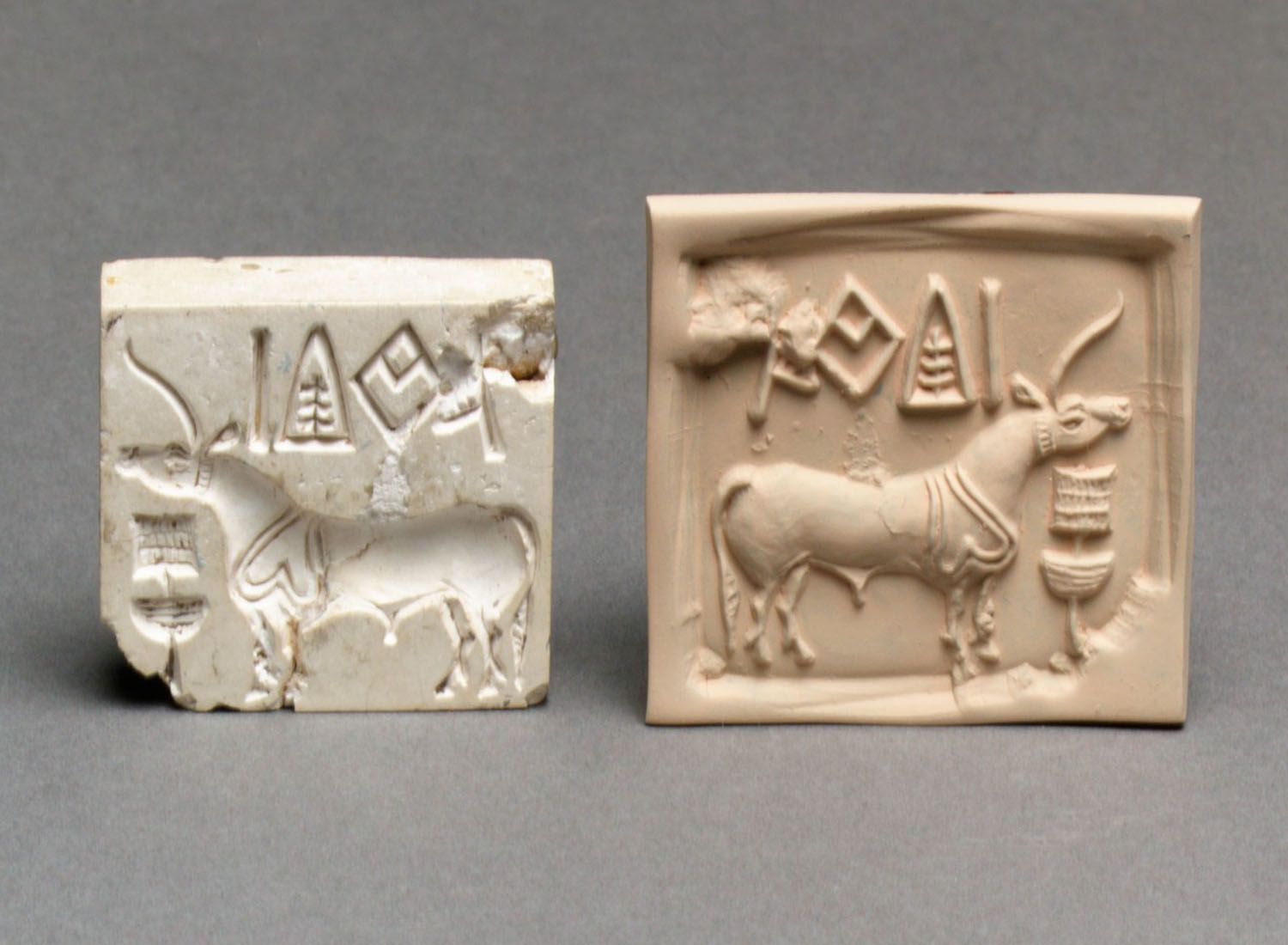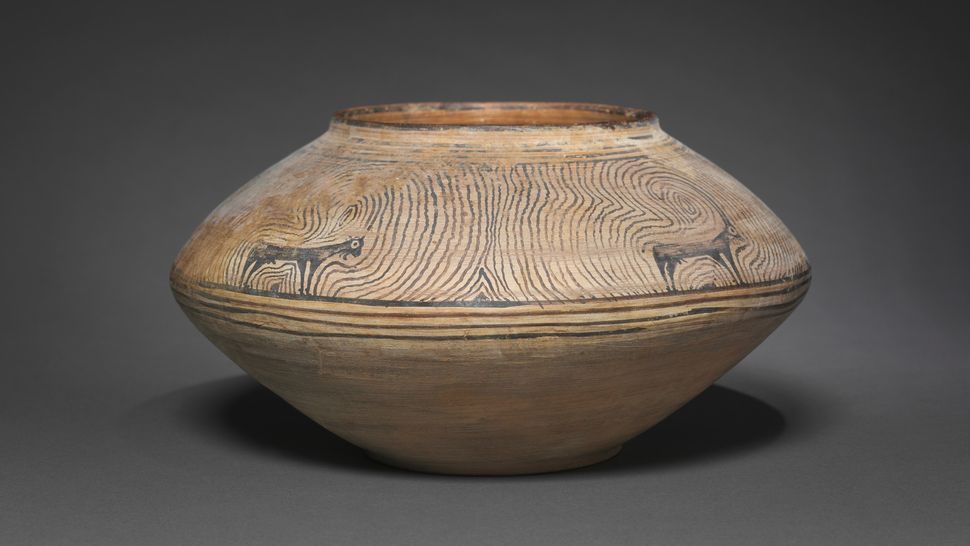
“
Thrive into the lesser-known facets of the Indus Valley Civilization, an ancient society in present-day Pakistan and northwest India. Discover intriguing facts that highlight their unique contributions to early human history. Cities like Harappa and Mohenjo-Daro boasted remarkably sophisticated urban layouts, featuring well-planned grid-like streets that were organised into distinct residential and commercial sectors. 1
1
”
The Indus Valley Civilization (IVC) is one of the world’s four great civilizations, thriving around 2500 BCE along the flood plains of the Indus and Ghaggar-Hakra rivers. It extended across the western part of South Asia, covering modern-day India, Pakistan, and Afghanistan.1
Inhabitants of Harappa and Mohenjo-Daro engineered elaborate sewage systems, incorporating sophisticated brick-lined drains and covered channels that efficiently managed wastewater. This technological feat not only maintained sanitation but also reflected their mastery of urban planning. 2
The Indus Valley Civilization, also known as the Harappan Civilization, flourished from approximately 2500 BCE to 1750 BCE according to radiocarbon dating. This civilization was one of the world's earliest urban cultures, known for its advanced urban planning, architecture.3
Archaeological finds of their distinctive seals in distant lands attest to their active engagement in long-distance trade, exchanging goods such as precious metals, gemstones, and luxury items that enriched their culture and economy. 4

Renowned for their artistic finesse, Indus seals depict a diverse array of animals and symbols. These intricately carved artifacts not only served as markers of ownership and administrative control but also showcased the civilization's artistic flair.
In addition to sheep, goats, dogs, humped cattle, buffalo, and elephants, the Indus Valley Civilization also engaged in advanced agricultural practices. Evidence suggests that they cultivated wheat, barley, and other crops, supporting a sophisticated and well-organized society. 5
The port cities of the Indus Valley Civilization, such as Sutkagendor, Balakot, Lothal, Allahdino, and Kuntasi, played crucial roles in maritime trade with Mesopotamia and other regions. These cities highlight the civilization’s extensive trade networks and their sophisticated maritime capabilities. 6
Instead, their urban centers focused on communal spaces and standardized housing, reflecting a society where social status was likely determined by occupation and communal contribution rather than hierarchical privilege. 7
Their advanced metalworking techniques produced tools, ornaments, and ritual objects of remarkable craftsmanship, underscoring their technological sophistication and industrial capabilities. 8
The construction of dams, reservoirs, and sophisticated irrigation systems attests to their advanced hydraulic engineering skills. These innovations enabled efficient water management crucial for agricultural productivity, sustaining their large urban populations and fostering economic prosperity.9
There is no evidence of large monumental temple structures in the Indus Valley Civilization. Their religious practices have been decentralized and possibly integrated into everyday life and communal spaces rather than centralized in grand religious edifices. 10
Pioneers in cotton cultivation and textile production, the Indus Valley Civilization utilized locally grown cotton to create fine textiles. 11
Archaeological discoveries of intricately woven cotton fabrics illustrate their mastery of spinning, weaving, and dyeing techniques, which shows their economic ingenuity and cultural refinement. 12
This maritime prowess facilitated trade across the Arabian Sea, connecting their coastal settlements with distant cultures and enhancing their economic and cultural exchanges. 13

Indus artefacts vividly portray naturalistic depictions of animals such as bulls, elephants, and birds. These artistic expressions not only highlight their deep connection to the natural world but also suggest a reverence for animals possibly linked to or symbolic practices.
The decline of the Indus Valley Civilization around 1900 BCE may have been influenced by environmental factors such as climate change. Shifts in monsoon patterns or geological events could have disrupted agricultural productivity. 14
There is some evidence suggesting an understanding of astronomy, such as artifacts and city alignments that may have been influenced by celestial observations. This suggests that the Indus Valley Civilization had knowledge of astronomy.15
This early use of geometry contributed to the harmonious layout of their cities, facilitating efficient resource allocation and social cohesion.Burial practices varied from simple pit interments to elaborate graves adorned with personal ornaments and ritual objects. 16
These diverse burial customs reflect the cultural diversity and possibly the social stratification within Indus Valley society, offering insights into their beliefs regarding the afterlife and ancestor veneration. 17
The Indus Valley Civilization exhibited social stratification, evident from varying housing sizes and burial goods. However, the absence of grand palaces or tombs suggests a less pronounced social hierarchy compared to other ancient civilizations, highlighting their focus on communal living. 18


